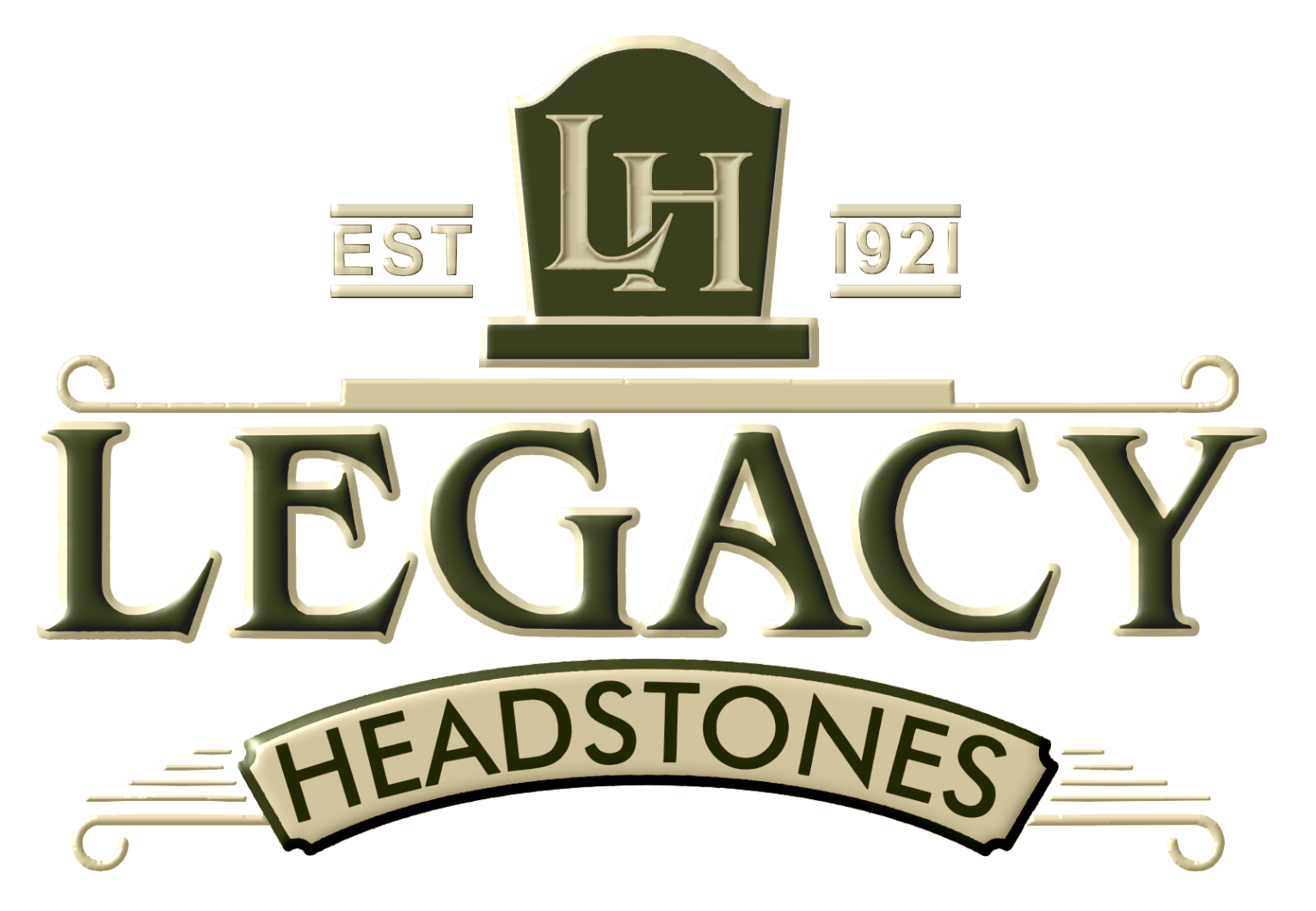With the earliest ones dating back thousands of years, headstones carry a long history of commemorating the graves of loved ones through a globally recognized stone of personal identification. In modern times, headstones have become quite customizable, allowing families to include engravings of their deceased loved one’s name, birthday, death day, and even quotes, messages, and the name of other family members, depending on the size of the stone. Ranging from very small to quite large, headstones can provide an interesting walk through a cemetery ridden with history, glimpses of the deceased’s personalities, and generations of stories.
Walking through a cemetery, you may notice a trend among many headstones. For centuries, symbols and motifs have been used to portray different messages at the gravesite. Though many things have changed regarding headstone production and appearance, traditional symbols have remained consistent and widespread for many years.
While headstones may be pretty, they are more than decoration. For many loved ones, they serve as a final goodbye and resting place for the deceased. Adorning the stones with icons that symbolize the virtues and life of their loved ones serves as a memorial that will withstand the tests of time.
- Anchor -- For decades, the anchor has served as a motif representing multiple things. Military graves with anchors often pay homage to sailors and men who died at sea. Pay close attention to the details of the anchor because they can uncover further information. Anchors with a severed chain often represent premature death, while an intact anchor symbolizes hope. Occasionally, the anchor is accompanied by a cross that guides the way to secret meeting places.
- Book -- Whether the person was a writer, teacher, or another kind of scholar, their headstone may incorporate the image of an open or closed book. This symbol pays homage to the knowledge, wisdom, or faith the deceased possessed during their lifetime. If the headstone remains in pristine condition, you may even see the type of book engraved on the stone. Blank books often represent academia, while religious books represent a lifetime of faithful devotion.
- Dove -- The presence of doves on a headstone represents peace and purity. A symbol of hope as Noah released the dove off the Ark, an ascending dove guides the spirit safely to heaven, while a descending dove represents Jesus’ descent from heaven. The religious connotations of doves are often taken further, including a cross or twig in the dove’s beak. This symbol of the Holy Spirit in the Christian faith often makes its way onto the headstones of people who practiced religion during their lifetime.
- Lamb -- Representing purity, innocence, and gentleness, lambs, often sit atop the gravesites of children. Usually, the lamb is lying down and resting. Sometimes it is accompanied by a cross to illustrate the connection between the animal and the “lamb of God.” Lambs can be found in unfortunate abundance in many older graveyards. Centuries ago, the death of children from illness was common, so the high population of lambs in a given cemetery is a solemn reminder that childhood was not always carefree.
- Clover -- Some symbols, like the clover, can have multiple meanings. Though the four-leaf clover is a less common marking on gravesites, the three-leaf clover commonly represents two separate things. The three leaves can serve as a Christian symbol of the Father, the Son, and the Holy Spirit, which also incorporates life from the natural world. It is also possible that a gravesite marked with a three-leaf clover is the final resting place of someone of Irish heritage.
- Harps -- Considered the instrument of angels, harps exemplify heavenly music. Sometimes harps and lyres are interchangeably used on headstones but are typically found on the stones of people who practiced or enjoyed music during their lifetime. This small instrumental dedication on the deceased’s headstone is often an earthly hope that the person is continuing to enjoy music in the heavens.
- Fruit -- While certain fruits, like pineapples, represent individual traits of hospitality and celebration, groups of fruit on a headstone symbolize eternal abundance. This image serves as a well-wishing to the deceased from their loved ones on earth as they hope for heavenly feasts and fulfillment in the afterlife.
- Obelisks -- Often appearing quite obviously in the headstone shape, obelisks became a popular way of memorializing loved ones during the 19th century. Still widely used today, obelisks form the shape of petrified rays of sunlight that symbolize greatness and a connection between heaven and earth.
Next time you walk through a cemetery, pay attention to the symbols on headstones! You will likely recognize some of these common motifs and be able to learn about the fascinating lives of the deceased. Every headstone marks the final resting place of an individual who lived a life rich with unique experiences and virtues.

